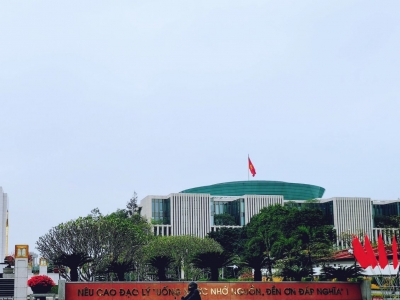| |
| |
 Thang Long Palace, St. Joseph's Cathedral, Hoan Kiem Lake. Hanoi City Walking Tour
1077 Read
Thang Long Palace, St. Joseph's Cathedral, Hoan Kiem Lake. Hanoi City Walking Tour
1077 Read
 Travel tips for Ho Chi Minh Museum, Little HaNoi Egg Coffee, Waa and Pho Quynh
698 Read
Travel tips for Ho Chi Minh Museum, Little HaNoi Egg Coffee, Waa and Pho Quynh
698 Read
 Visit the Ho Chi Minh War Remnants Museum, which displays many weapons and equipment used by the US military during the Vietnam War
1213 Read
Visit the Ho Chi Minh War Remnants Museum, which displays many weapons and equipment used by the US military during the Vietnam War
1213 Read
 The Hanoi Social Club, Pizza 4P’s and Pho Gia Truyen Restaurant Reviews
1062 Read
The Hanoi Social Club, Pizza 4P’s and Pho Gia Truyen Restaurant Reviews
1062 Read
 Android APP
Android APP IOS APP
IOS APP